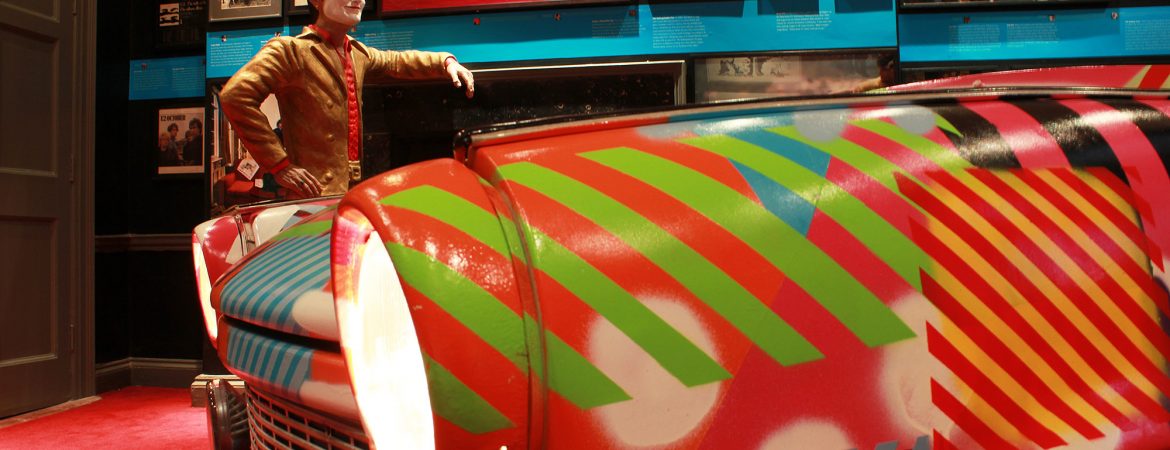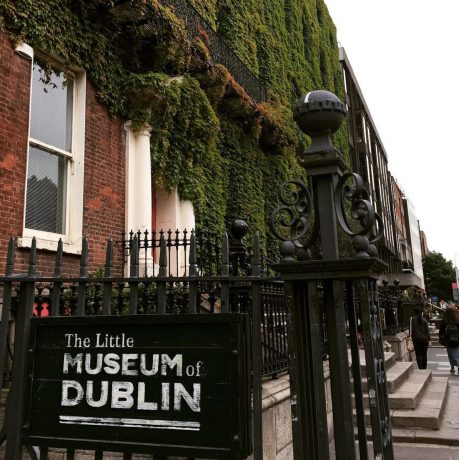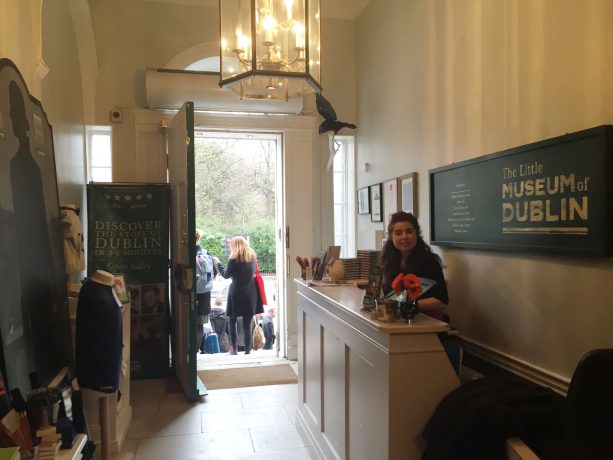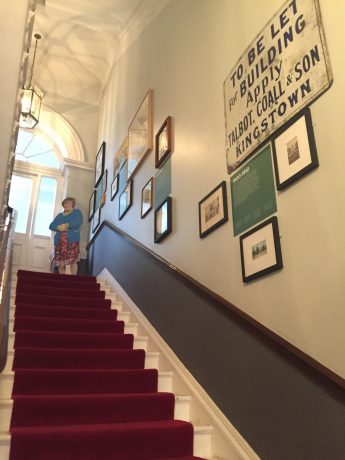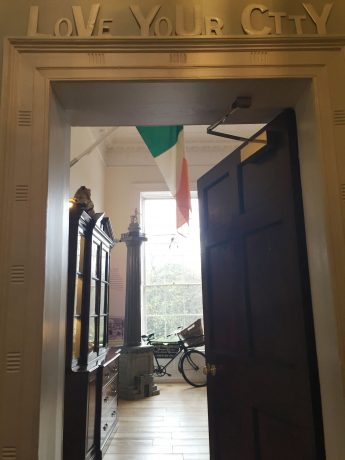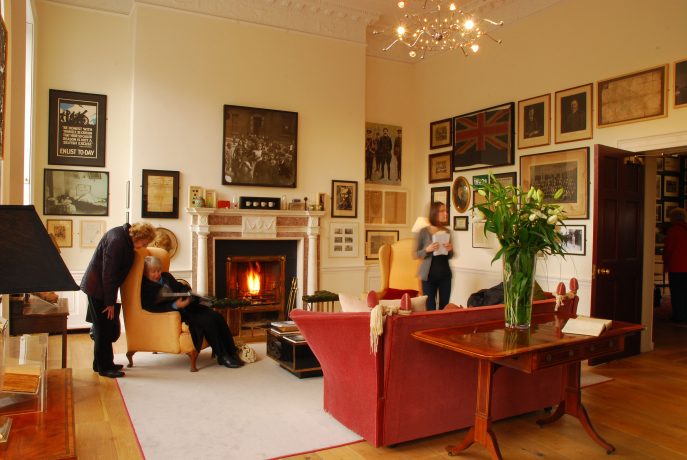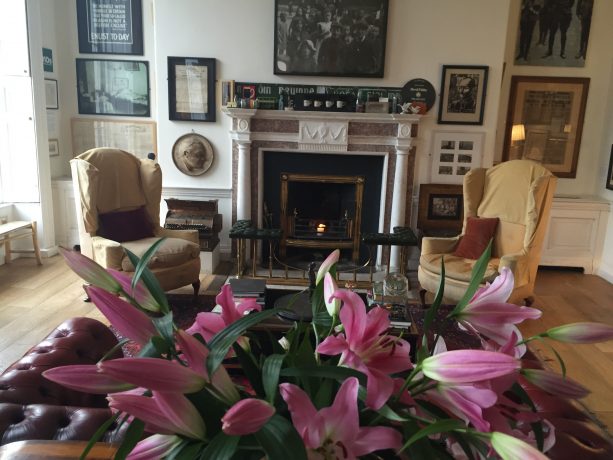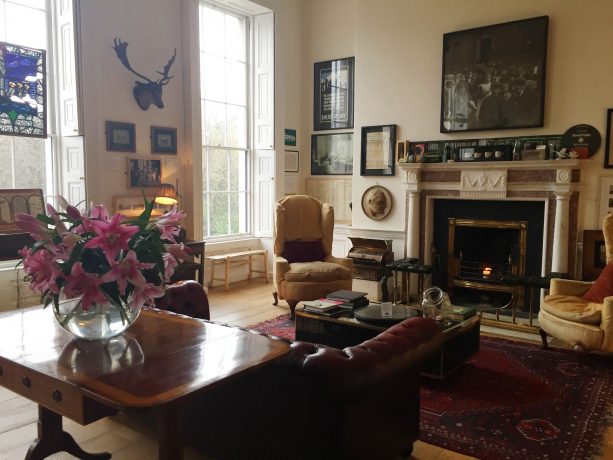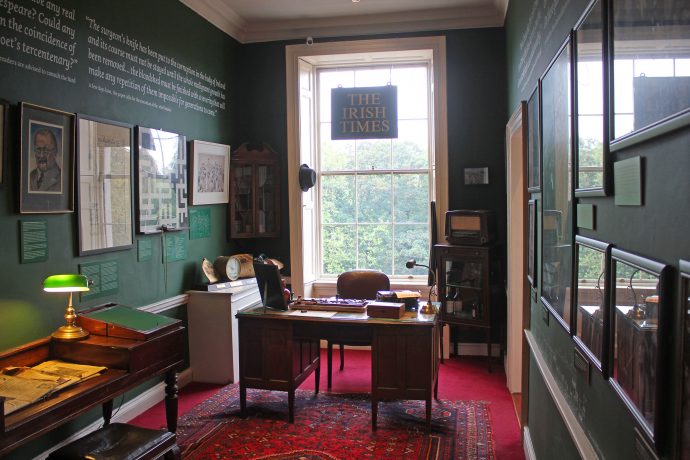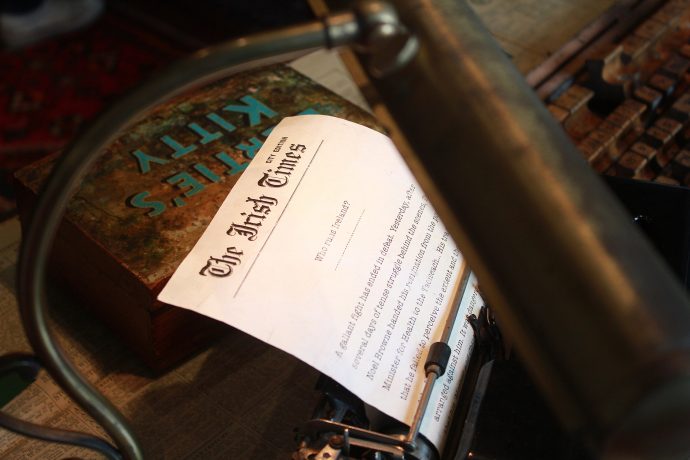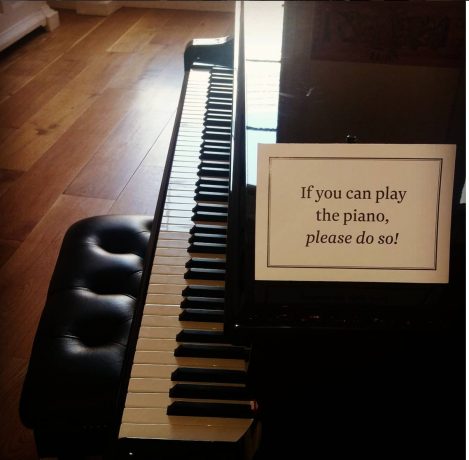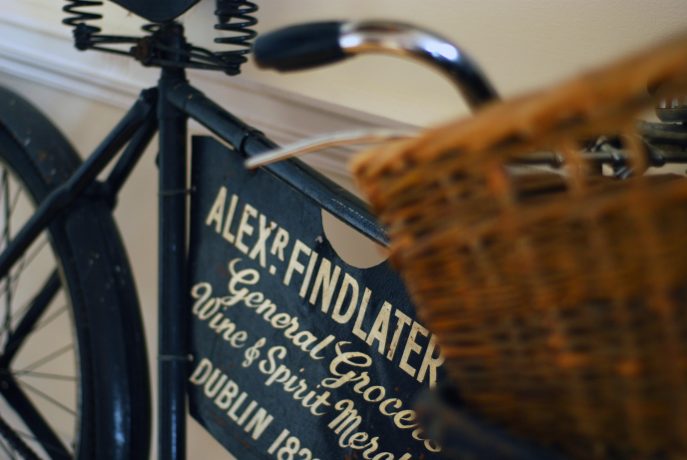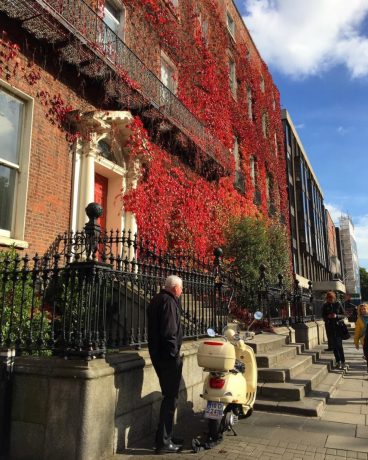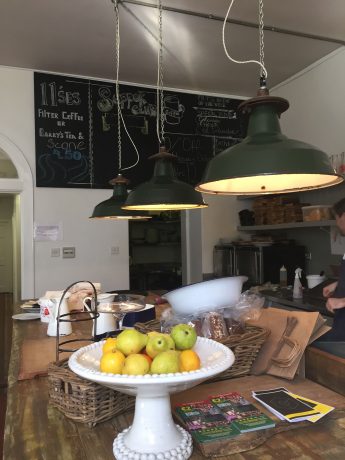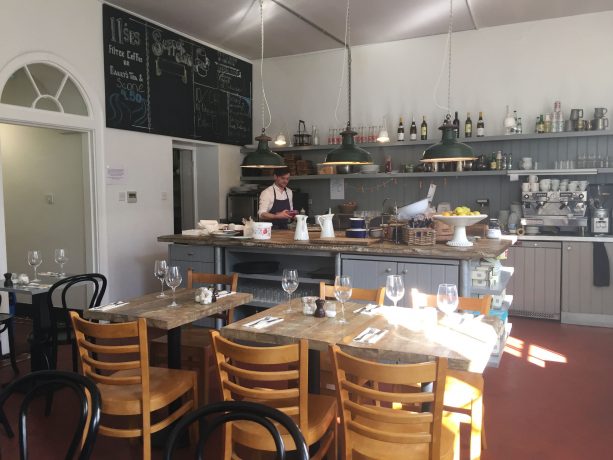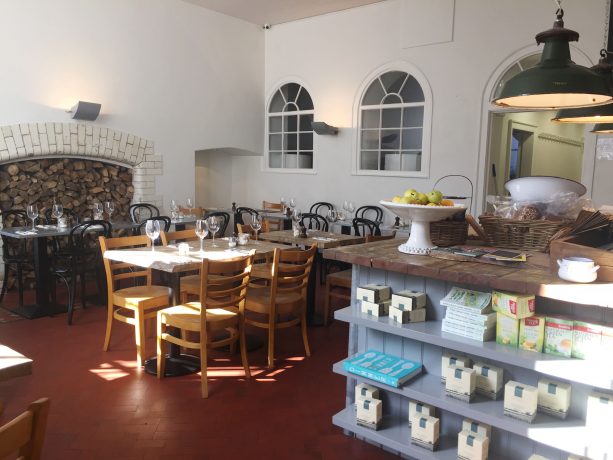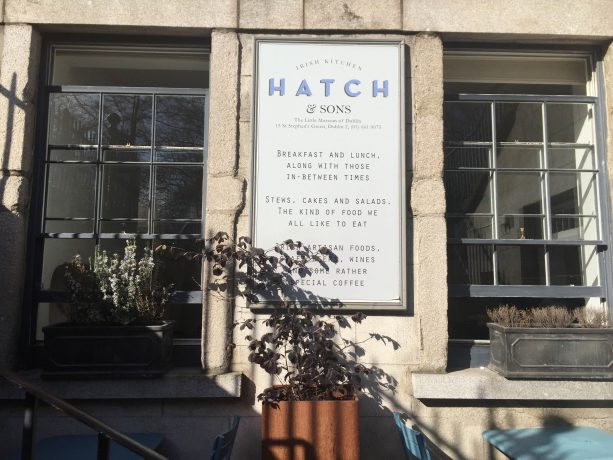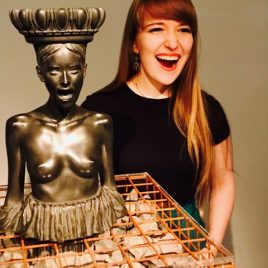Judging by the name, the Little Museum of Dublin, you can understand that this is a small museum. But as they say “little body big heart” and this museum justifies the expression. Being a civic museum of the city, it offers a grand collection of items, narrating the story of Dublin from 1900s to today. The collection is comprised of more than 5000 artifacts that have been donated by or loaned directly from Dubliners. Thus, you get not only an informative, but also a private and heart-warming tour of the 20th century Dublin. Moreover, you get a chance to see behind the beautiful facades of the iconic typically Irish buildings.
The museum is located in the center of the city, No. 15 at St. Stephen’s Green; the house was built with No. 14 as a pair in 1779 under the guidance of the architect, Ambrose Leet. While walking around Dublin, you will see many structures like this one - a classic example of Georgian architecture - which might look serious at first sight, but sparkling when you come closer and get in. The Georgian period is very roughly equivalent to the 18th century, with the name deriving from the time when kings George II and George III ruled Great Britain and Ireland. The style it is characterized by heavy influence of Renaissance, inspired by the classical period of Greece and Rome, with rigid symmetry in building mass and window and door placement, and even in the layout of the rooms.
We asked the representatives of the Little Museum of Dublin about the history of the building and its renovation plans:
The walls of the museum must’ve been whiteness to history, and what is the story behind them?
The building was first occupied by Richard Cox, the son of Archbishop of Cashel. In 1889 a lease was granted to surgeon Francis Heuston and his wife, their two sons were killed in World War One, shortly after Francis Heuston died. From 1917 until 1950 the house was occupied by Edward Sheridan, Professor of Dental Surgery. Then No 15 became the offices of Hayes and Sons, a firm of solicitors, and it remained as such until 1997, when the building came into the possession of Dublin City Council. Thanks to our patrons in the Council, the building has been home to the Little Museum of Dublin since 2011.
With all the residents throughout the history and the building becoming a museum, how much were the rooms changed in comparison with typical Georgian houses around Dublin?
It still has the typical inside of a Georgian style house. It has some very fine neoclassical plasterwork decoration to its friezes, cornices and ceilings. This style of plasterwork was mastered by the noted Irish stuccodore Michael Stapleton who decorated many of Dublin’s mansions.
So walking into the building you actually walk in history. Maybe it will become even more historically significant, since the museum is looking into acquiring a next-door building and might become a Medium-Size Museum of Dublin, but surely will retain the home-feeling. In relation to the Little Museum you can often hear the term “people’s museum”, because Dubliners donate their own possessions, but for us it is a “people’s museum” because you walk in a cozy, comfortable place, where you feel welcome and it appears to be a museum. In what other museum would you see a piano that you are encouraged to play? Or a historical table and sofa where you are asked to sit? Or instruments that you can touch?
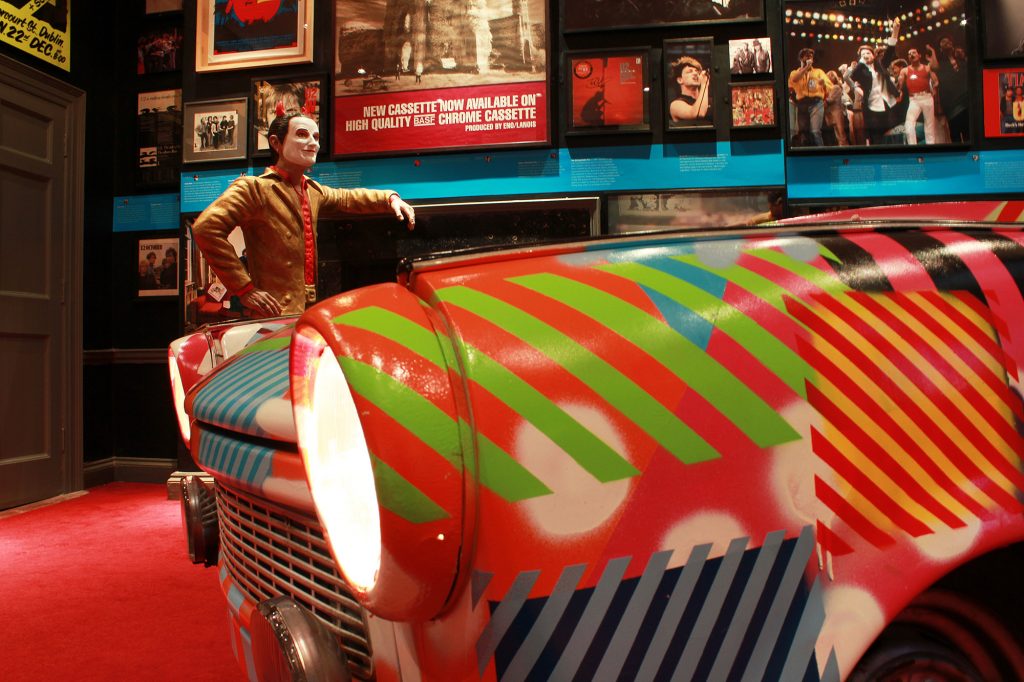
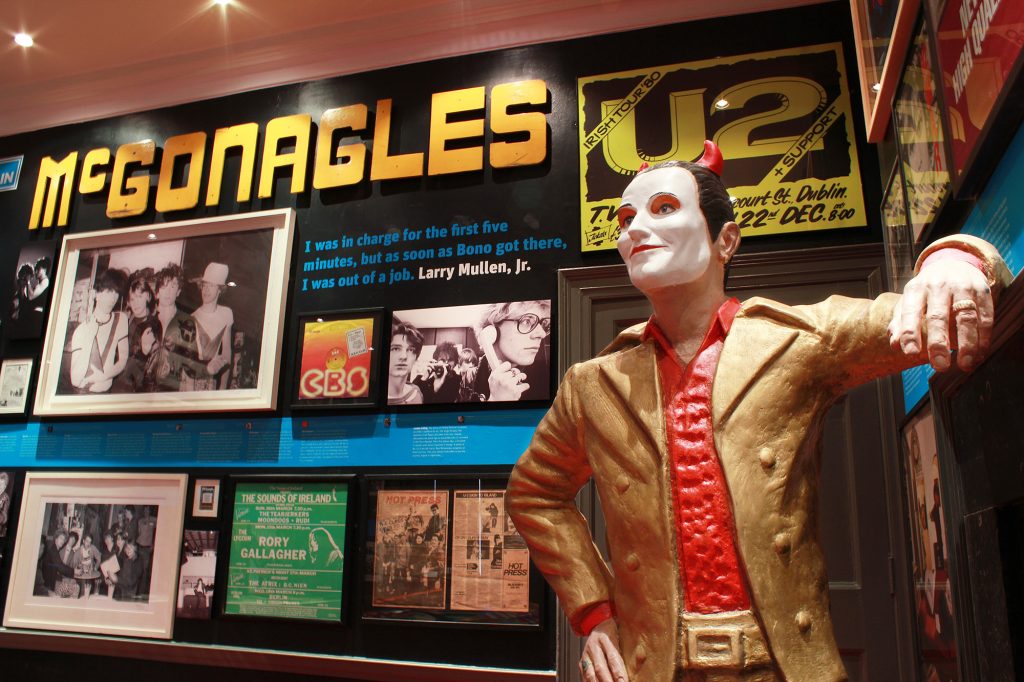
Talking about music, without a doubt, visiting Dublin you will hear a lot about U2, but in the Little Museum you can feel how the city influenced the band and vice versa. The museum is curated so sophisticatedly that you feel right at home, but having said that, definitely book a tour! Tours run daily, on the hour every hour, they take just 29 minutes – witty and knowledgeable guides will enhance your experience and if you are a history buff like us, the tour is a must. With the help of charismatic museum storytellers, you can easily imagine how the house was back in the day, see the most important pieces in the collection, learn how they were used over the years and hear the story of the city by the people that love it.
Before or after your visit, don’t miss a basement restaurant Hatch and Sons, offering modern takes on Irish comfort food in a cozy atmosphere that makes the museum visit even more special.
